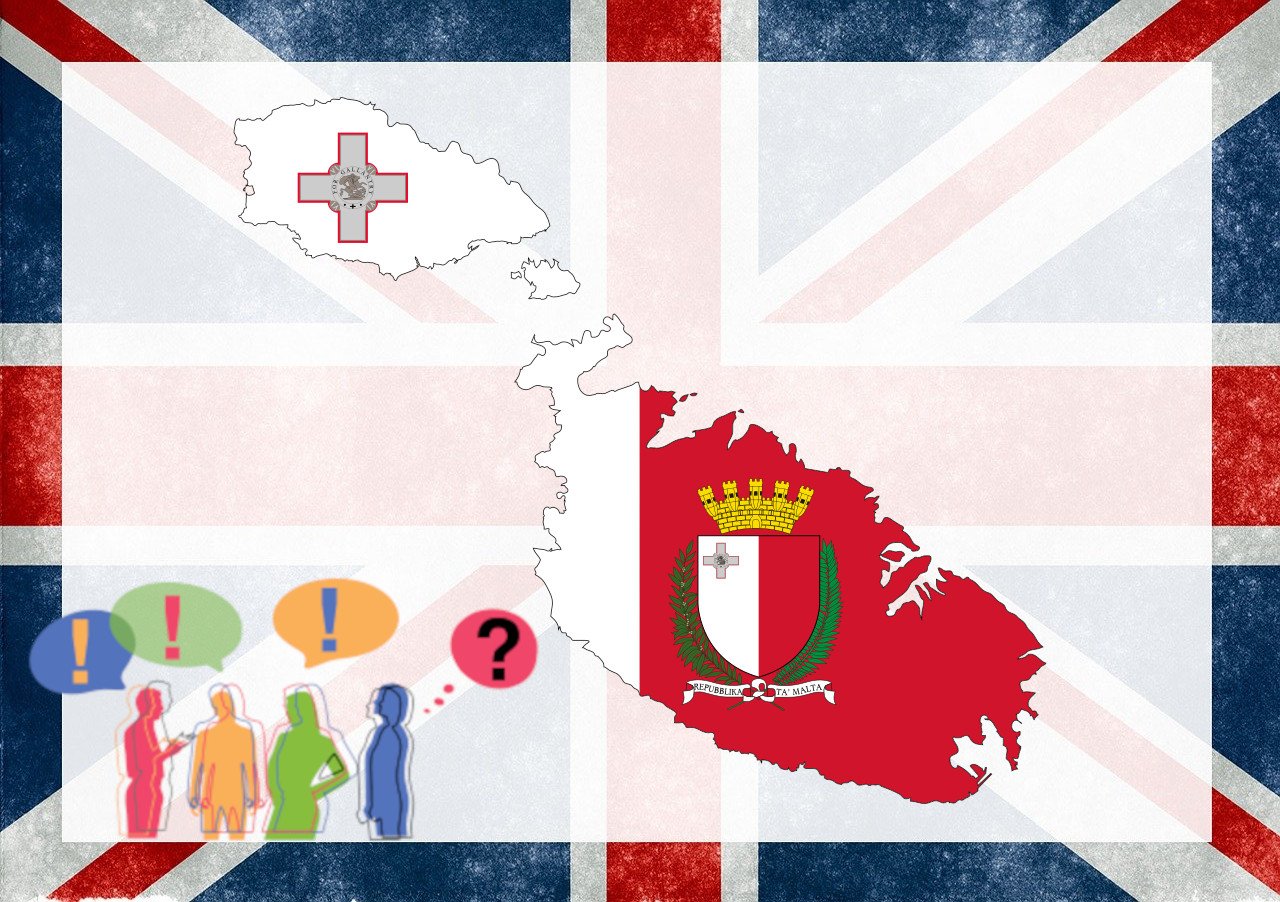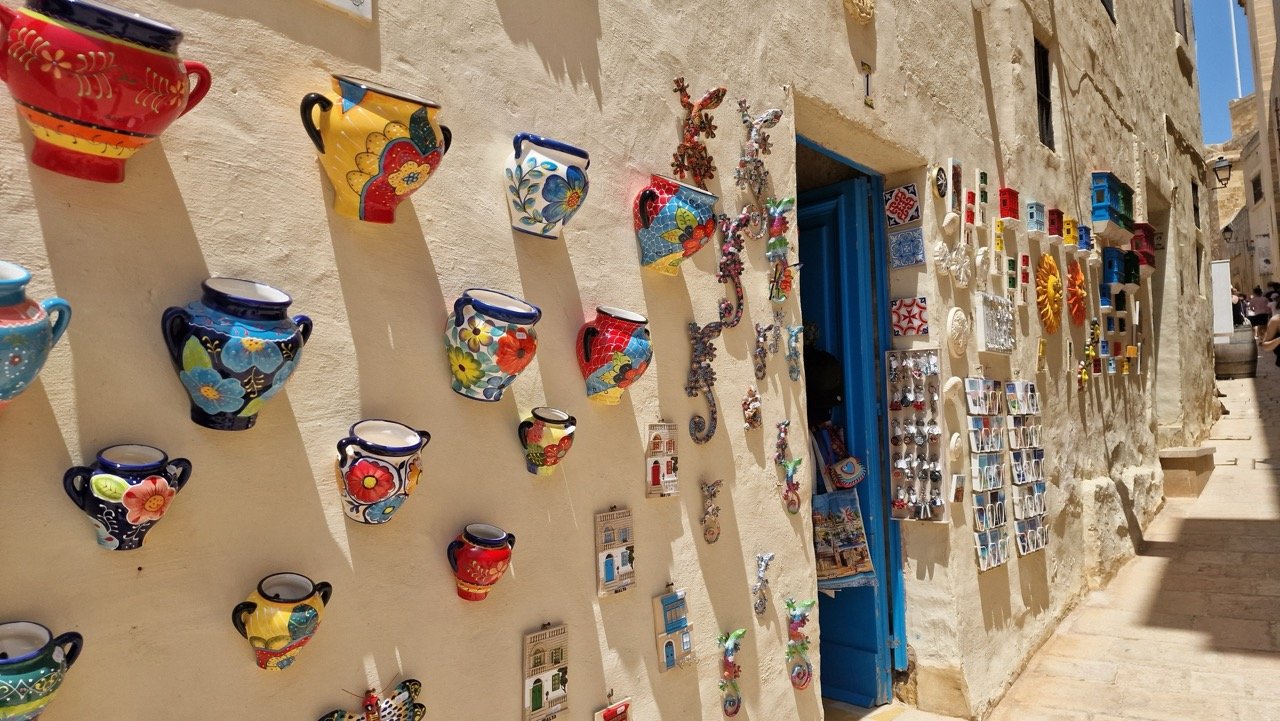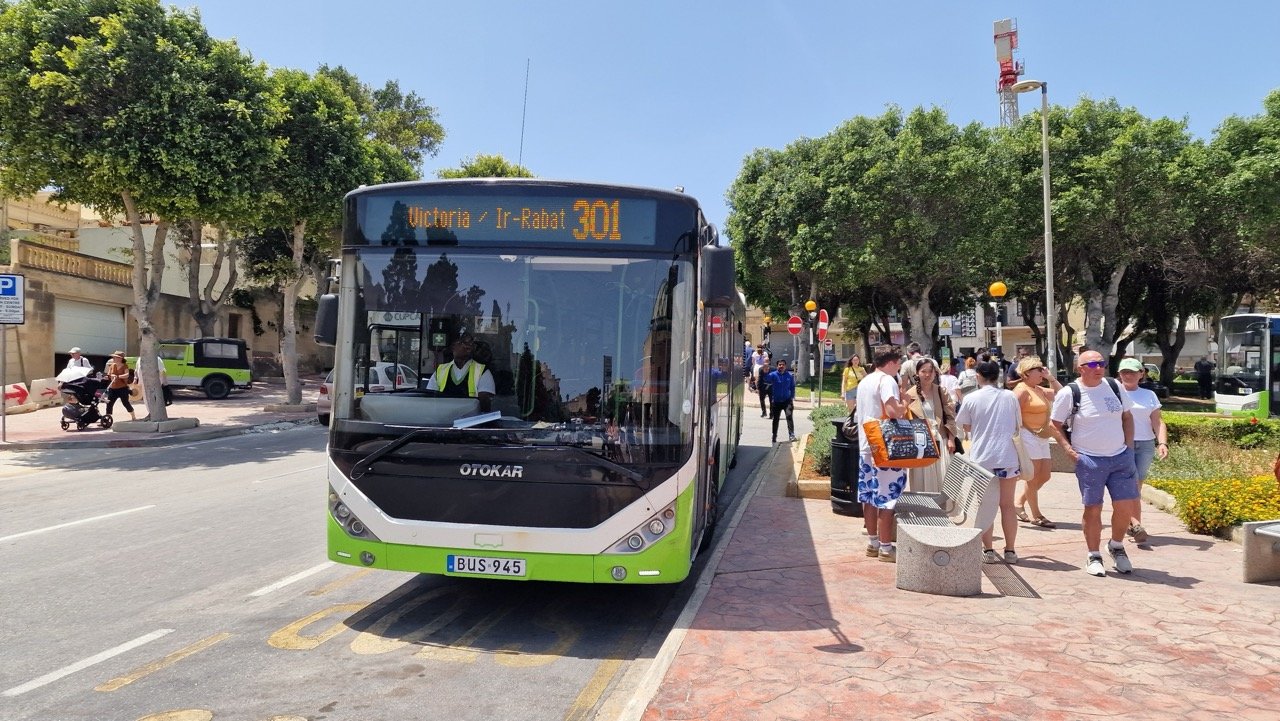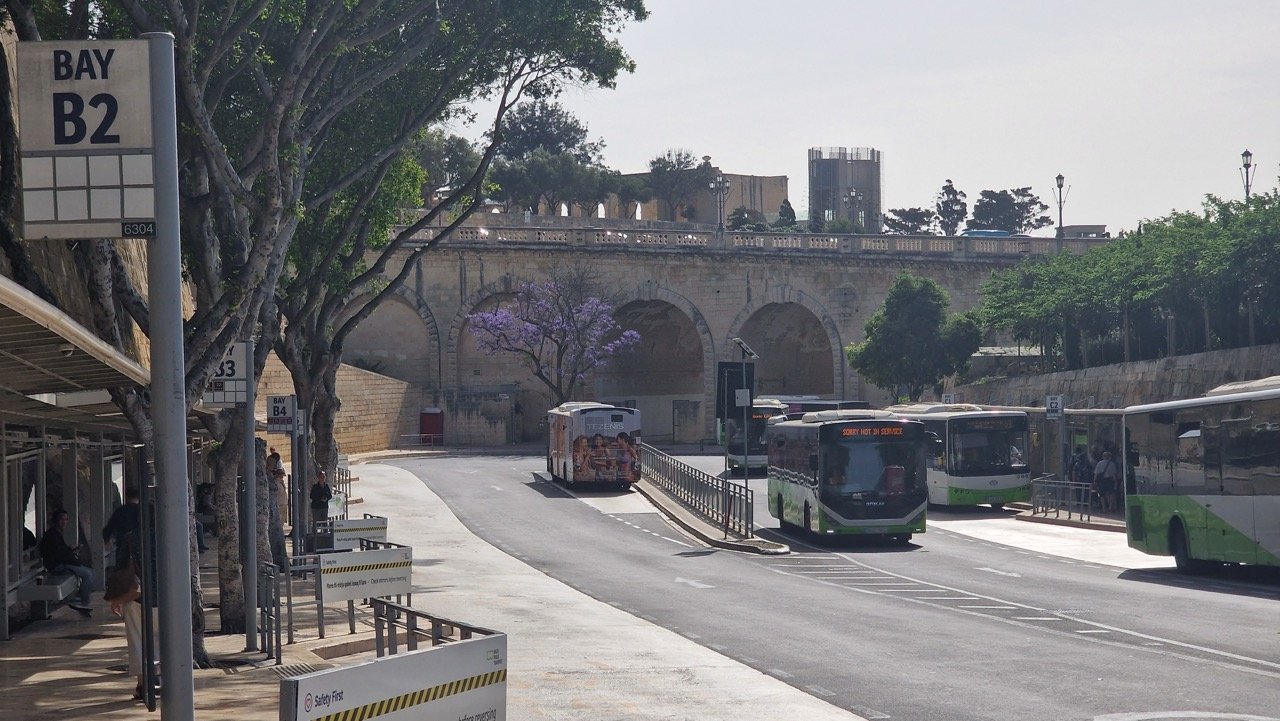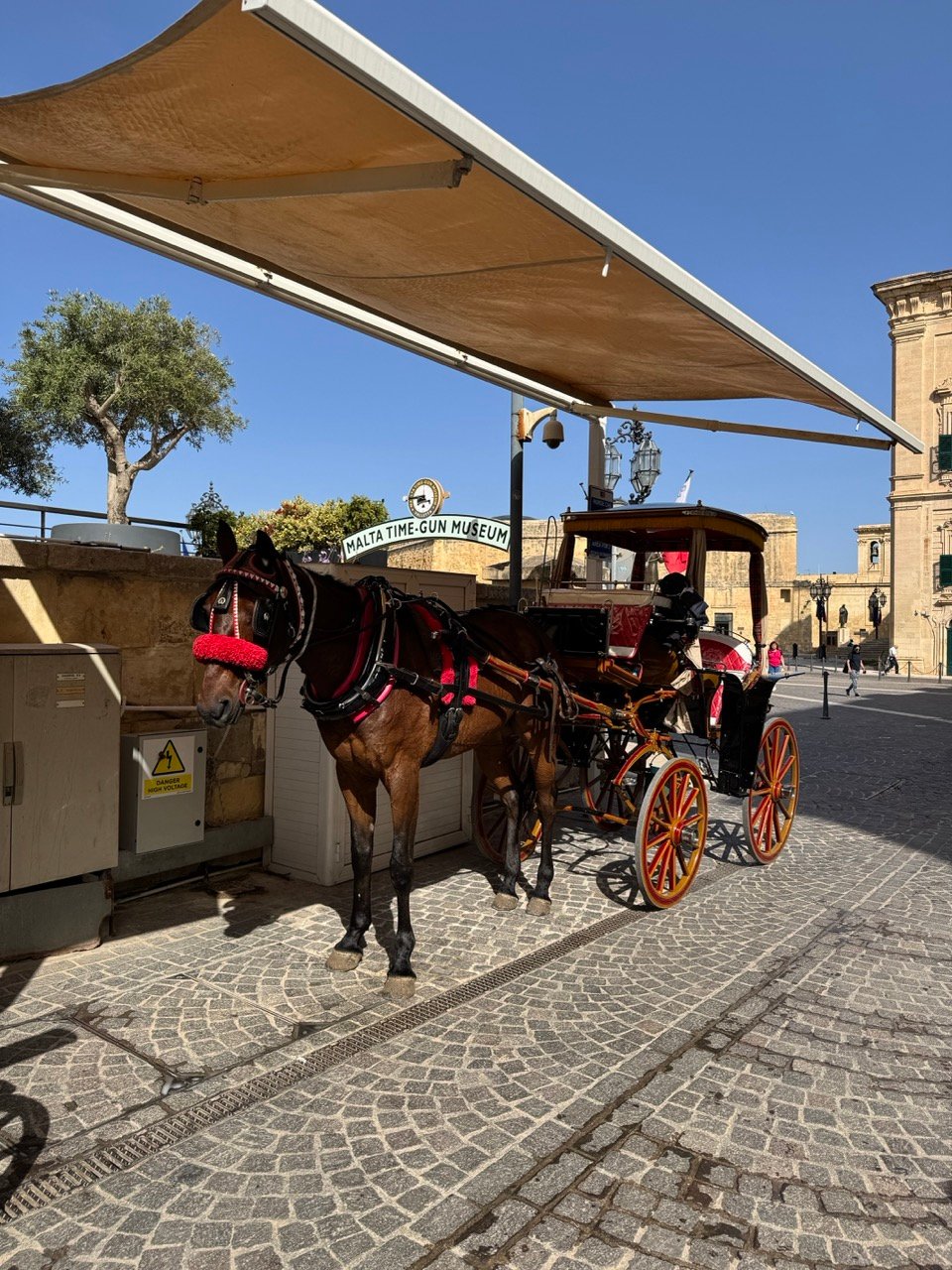In short: Malta has two official languages—Maltese (Malti) and English. Maltese is the national language and is written using the Latin alphabet. Locals usually speak Maltese among themselves, while English is widely used in government, education, and tourism. As a traveler, you’ll have no problem getting by with English.
Where and How Are These Languages Used?
In public administration, forms, signage, and most official procedures are typically bilingual (Maltese–English). Courts, legal systems, and financial documents are often available in English as well.
Many schools are English-speaking or bilingual, and English is widely used in higher education (like at the University of Malta). Exams, training programs, and short courses are often conducted in English. Not to mention, Malta is one of the most popular destinations in Europe for learning English.
In everyday life, Maltese is the natural language among locals, and you’ll often hear it spoken on the streets. However, since nearly everyone speaks English, locals will automatically switch to English when talking with tourists or in shops, restaurants, and hotels. Interestingly, many people also understand and speak Italian (due to media and geographic proximity), so don’t be surprised if you come across Italian signs or conversations—not just from tourists.
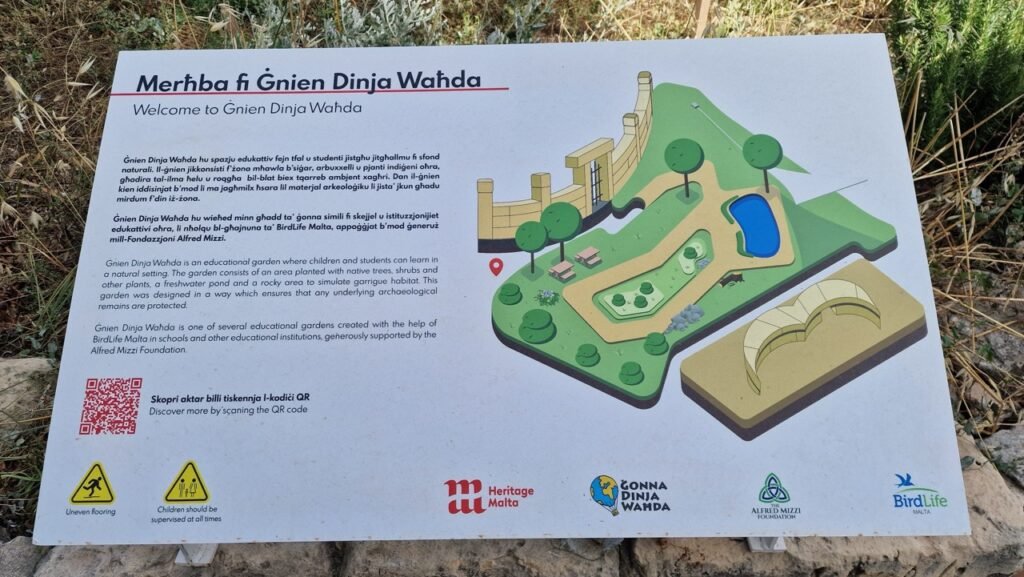
TV, radio, and online content are available in both Maltese and English. Museum signs, menus, and other tourist-facing materials are usually bilingual. Newer street signs tend to show only the Maltese name, but you can still spot older bilingual signs—or even just English ones in some places.
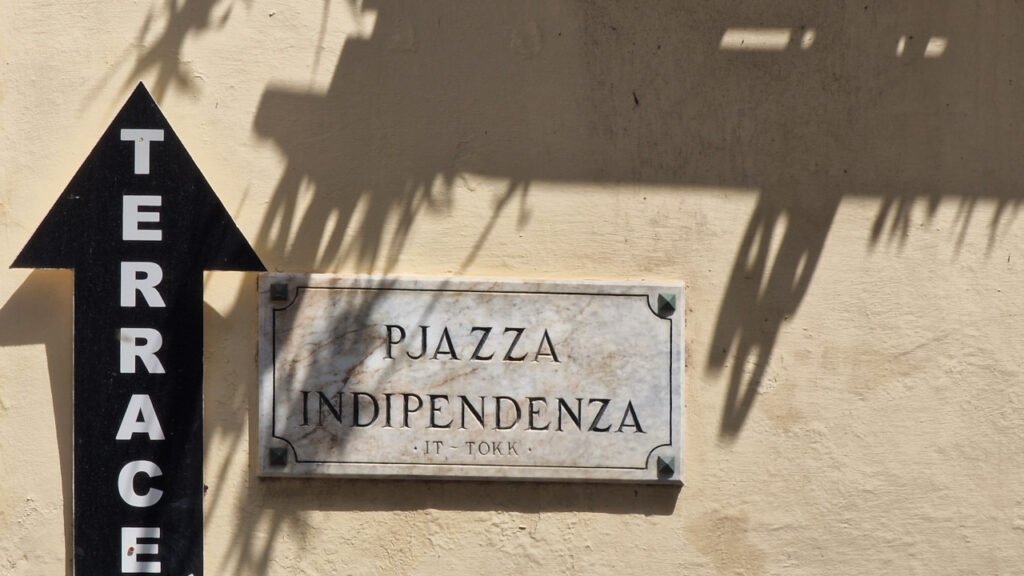
Most towns and cities have both English and Maltese names, which can be a bit confusing at first. Sometimes they look quite similar (like Naxxar and In-Naxxar), but in other cases, they’re completely different. For example, the largest town on Gozo is known as Victoria in English—clear and easy to understand for most Europeans. But when you see the name Ir-Rabat Għawdex, you might do a double take. 🤔 They’re one and the same place.
A Quick Look at the Maltese Language
Maltese (Malti) is a Semitic language with Arabic roots, shaped over centuries by strong Sicilian–Italian and later English influences.
It’s the only Semitic language in the world written with the Latin alphabet, and it includes unique letters like ċ, ġ, għ, ħ, and ż. These characters (such as the crossed H—Ħ), along with the frequent use of the letter X, give the language a distinctive look. You’ll spot these on road signs, town names, and even local businesses (like Għargħur, Mġarr, In-Naxxar, Ix-Xewkija).
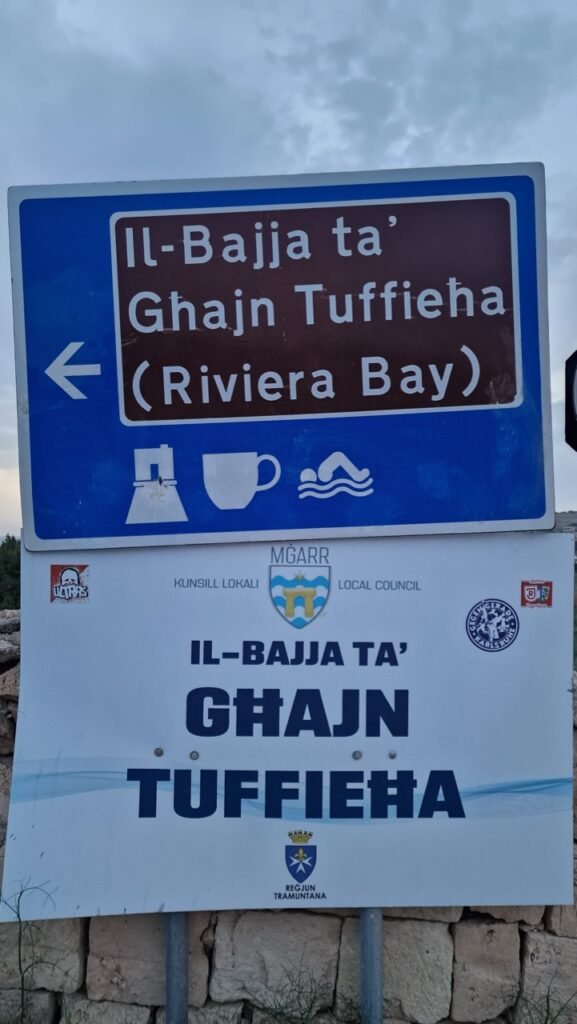
Maltese has a Mediterranean sound: it’s got the melodic rhythm of Italian but features very distinct consonant combinations. Daily speech often involves code-switching—seamlessly mixing Maltese and English. This makes the vocabulary feel both familiar and exotic: everyday words often come from Italian, while administrative or technical terms tend to be in English. As you listen to Maltese speakers, you might catch yourself wondering if they’re speaking Italian, English, or Arabic—and the truth is, it’s a mix of all three, and yet entirely its own.
FAQ – Malta’s Official Languages
Malta has two official languages: Maltese and English. Maltese is the national language, while English is used in administration, education, and tourism.
Yes, English is one of Malta’s official languages. It’s widely spoken and used in government, education, and daily interactions with tourists.
Yes, Maltese is one of the two official languages of Malta, alongside English. It is also the national language and is widely spoken in everyday life among locals. Maltese is a unique Semitic language written in the Latin alphabet and deeply rooted in the country’s history and identity.
Absolutely. Maltese is the native and most commonly spoken language among locals. You’ll hear it in casual conversations, on the streets, and in local media.
Yes. Most people in Malta speak fluent English, and you’ll have no trouble communicating as a tourist, even if you don’t speak a word of Maltese.
This is due to Malta’s unique history. Maltese reflects the island’s Arab and Mediterranean heritage, while English became widespread during British colonial rule. Today, both are recognized and used officially.
Not at all. While it’s always appreciated to learn a few local words, you can get around just fine in Malta with only English.
No, Italian is not an official language in Malta. However, many locals understand and speak Italian due to cultural and media exposure.
Linguistically, Maltese is a Semitic language with roots in Arabic, but it has strong Italian and English influences in vocabulary and pronunciation. It’s a truly unique mix.
